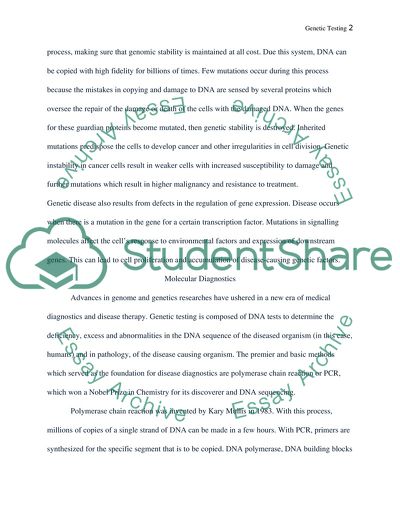Cite this document
(Current Molecular Techniques in Genetic Disease Diagnostics Coursework, n.d.)
Current Molecular Techniques in Genetic Disease Diagnostics Coursework. Retrieved from https://studentshare.org/biology/1718773-currently-molecular-techniqes
Current Molecular Techniques in Genetic Disease Diagnostics Coursework. Retrieved from https://studentshare.org/biology/1718773-currently-molecular-techniqes
(Current Molecular Techniques in Genetic Disease Diagnostics Coursework)
Current Molecular Techniques in Genetic Disease Diagnostics Coursework. https://studentshare.org/biology/1718773-currently-molecular-techniqes.
Current Molecular Techniques in Genetic Disease Diagnostics Coursework. https://studentshare.org/biology/1718773-currently-molecular-techniqes.
“Current Molecular Techniques in Genetic Disease Diagnostics Coursework”, n.d. https://studentshare.org/biology/1718773-currently-molecular-techniqes.


